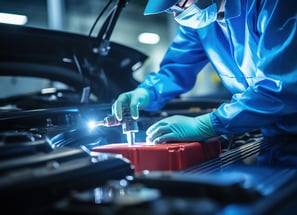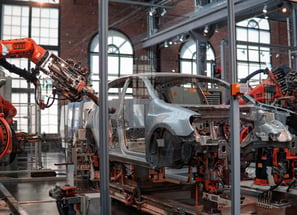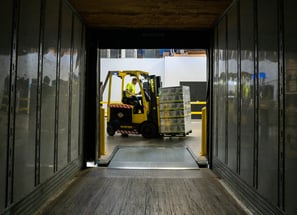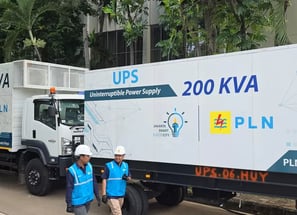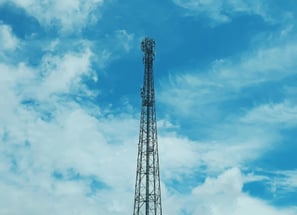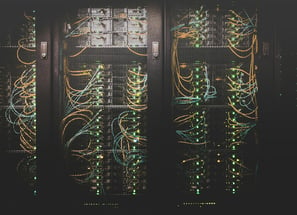Step Into a Brighter & Safer Future
We didn’t come this far to be frozen in fear towards fire hazard. We position ourselves not only as solution providers, but also as fire safety educator to spread risk awareness and revolutionize people's lifestyle.


Classes of Fires
Do you know that there are several classes of fire?












Fire caused by burning woods, papers, fabrics. Relatively easy to put off.
Fire caused by flammable liquid such as gasoline.
Fire caused by flammable liquid such as gas and electrical circuits.
Fire caused by metal. This type is known as some of the most challenging put off.
Also know as kitchen fire, caused by animal or vegetable fat. This type is commonly found in commercial kitchen.
A new type of fire class that arise along the development of lithium-powered battery technology. Extremely explosive and difficult to put off.
Lithium-Ion Fire
A new type of fire on the rise along the revolution of lithium battery-powered technology. But what makes it so different from other types of fire?
Lithium-Ion Battery In EVs
Lithium-Ion Technology In Big Businesses
Lithium-Ion Battery In Mining Vehicles
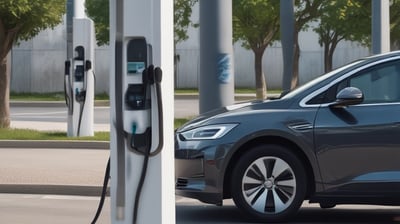



Burning temperature starts at 1000 and can rise up to 2000 degrees celsius.
On average, lithium fire occur at homes or at battery charging stations.
The fire is very difficult to extinguish and repeated re-ignition always happens.


How many sectors out there are at risk?
Aberrant EV Fire Hazard
As EV technology progressed, the risk of LITHIUM FIRE has been a haunting threat for every EV users. But everyone deserves to be safe and has maximum security for such danger, that’s why we’re here to provide the best fire safety system that is effective, easy to use, and safe for people and the environment.
Lithium fire hazard is a league of its own and it is notorious for being extremely difficult to put off. A combusted li-ion battery can produce its own oxygen, making its fire to continuously capable to re-ignite.
Many people choose to combat such fire by letting it sink under the water for a prolonged time. This method is not only ineffective, but takes a lot of water consumption but also extremely difficult to execute in areas that are far away from huge water resources.
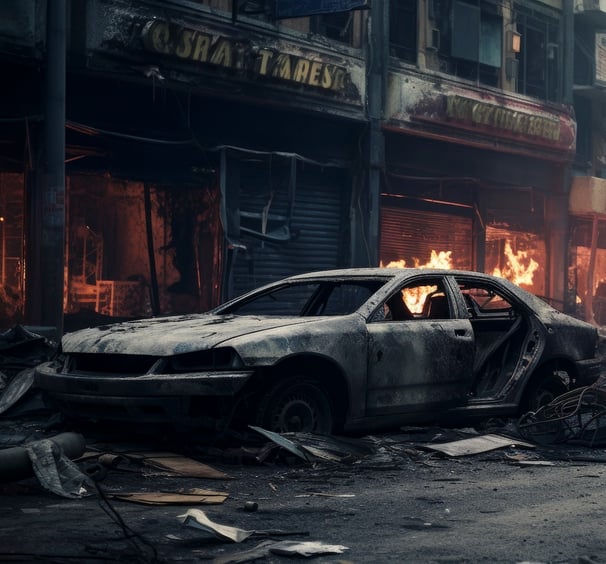

Common Causes of EV Fire
Physical Battery Damage
Overcharging
Bad Weather & Flooding
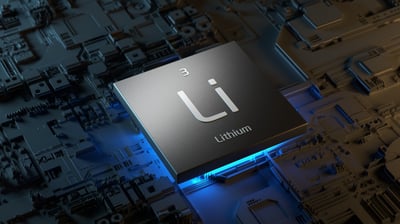

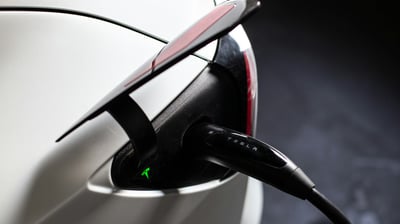

Damaged battery caused by manufacturer's error or user's accident can make the battery prone to thermal runaway.
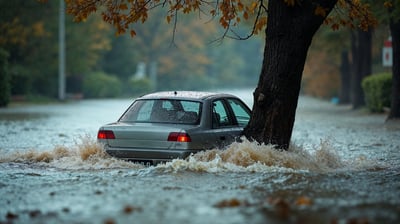

Bad habit of overcharging EV can damage the battery's capabilities to short power because of the continous overload from the electricity which leads to thermal runaway.
Charging EV outside on an extreme hot weather can trigger overheat in the battery.
Flooding to the point that caused submerge to the EV can damage the compartment and lithium battery.
Lithium-Ion Battery Technology For Big Businesses
Lithium-ion batteries have emerged as a cornerstone technology in modern business, offering remarkable efficiency, convenience, and cost-effectiveness. Unlike traditional batteries, which may deplete quickly and require regular replacement, lithium-ion variants can store and deliver power over extended periods, reducing downtime and enhancing productivity, allowing businesses to operate more effectively throughout the day. This rapid charging capability is particularly beneficial in sectors that demand a high turnover rate, such as retail, manufacturing, and logistics.
However, while lithium-ion batteries offer impressive efficiency and cost-saving benefits, businesses must prioritize safety to fully leverage their advantages it is crucial to address the associated risks of using lithium-ion batteries, particularly concerning safety measures. Without proper security protocols and management, the potential for battery-related incidents, such as fires, poses significant threats in business environments. A lithium-ion battery fire can be extremely difficult to extinguish, often complicating incident management and putting numerous assets and personnel at risk.
